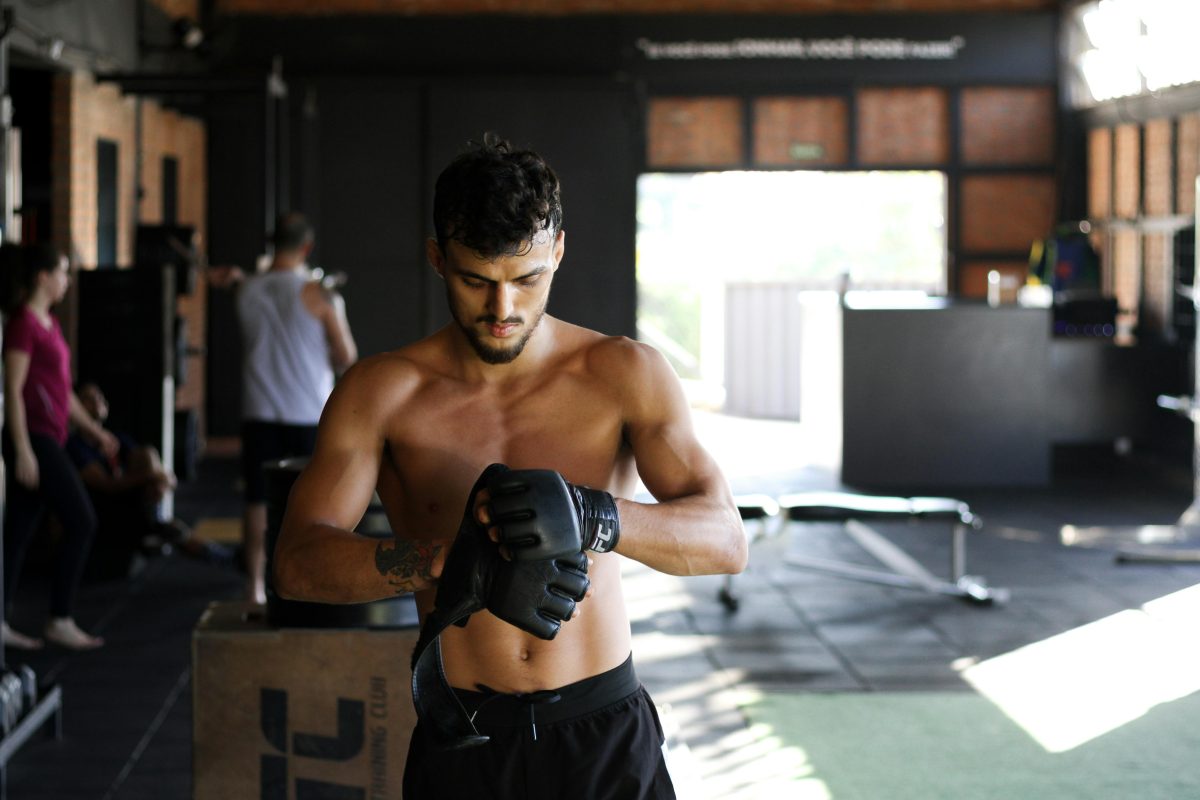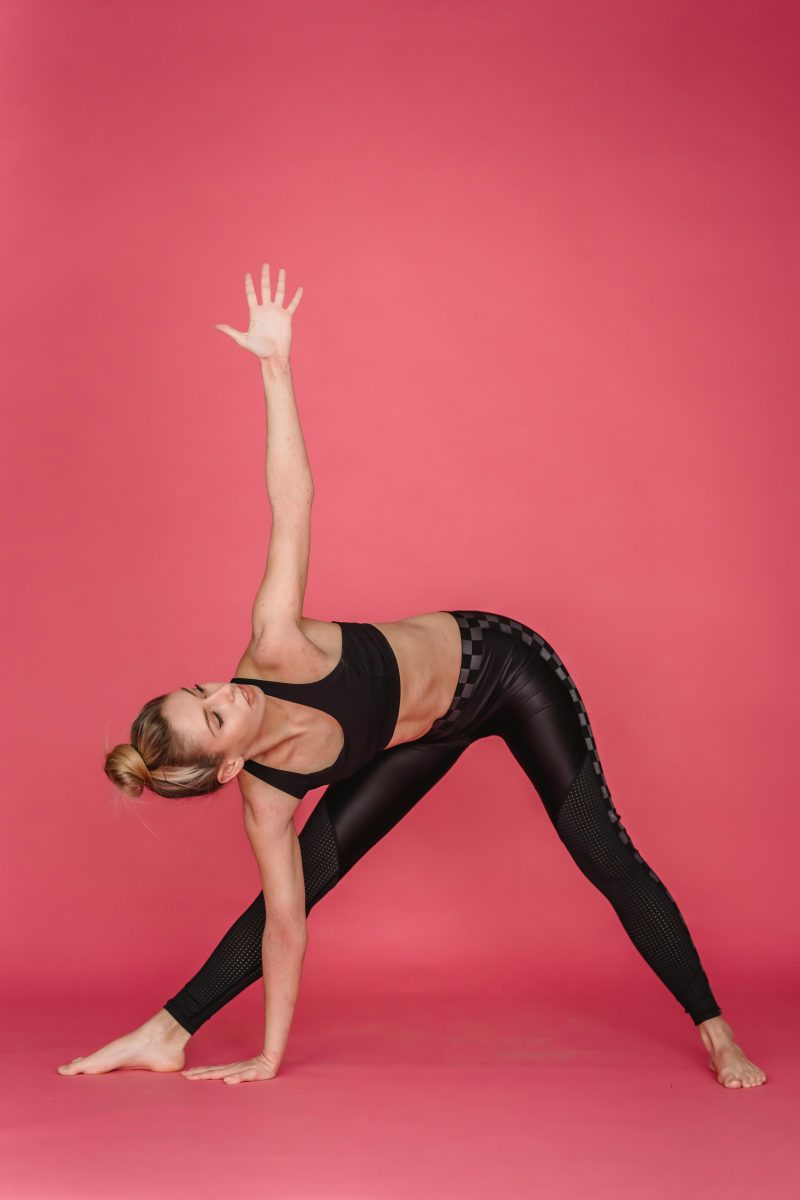Last Updated on: 14th July 2024, 09:30 am
Introduction to MMA and Its Fitness Benefits

Mixed Martial Arts, or MMA, combines techniques from various combat sports and martial arts. Its rise in popularity as a fitness regimen is undeniable. People are drawn to MMA for its dynamic approach to fitness, transcending traditional workout routines. This sport offers more than just physical strength; it enhances agility, flexibility, and cardiovascular health. The holistic nature of MMA training ensures a comprehensive workout, targeting multiple areas of fitness in every session.
- Improves physical condition
- Boosts mental resilience
- Burns calories and builds muscle
- Sharpens reflexes
- Enhances endurance and stamina
- Fosters mental sharpness and decision-making skills
MMA training embodies the perfect blend of physical exertion and mental discipline, making it an unparalleled fitness journey.
Essential Components of MMA Training

Striking Techniques: The Art of Precision and Power
At the heart of MMA training lie striking techniques, primarily sourced from Boxing and Muay Thai. These disciplines teach fighters how to deliver powerful punches and kicks with precision. Boxing sharpens the fists, enhancing speed and agility, while Muay Thai, known as the “Art of Eight Limbs,” incorporates elbows and knees, broadening the arsenal of attack. Mastery of these techniques is crucial, as they form the foundation of stand-up combat in MMA.
Grappling Techniques: The Science of Control
Grappling techniques, derived from Brazilian Jiu-Jitsu and Wrestling, focus on ground combat. Brazilian Jiu-Jitsu, or BJJ, emphasizes submissions and ground control, teaching fighters how to neutralize opponents with locks and holds. Wrestling complements this by providing methods to take opponents to the ground and maintain dominant positions. Together, these grappling arts equip MMA practitioners with the skills necessary to dictate the pace and position of the fight.
Strength and Conditioning: Building the MMA Athlete
Strength and conditioning are the pillars that support all technical skills in MMA. This component of training is designed to enhance overall athleticism—increasing power, endurance, and resilience. A well-structured strength and conditioning program not only fortifies the body against the rigors of combat but also significantly improves performance. By focusing on functional fitness, athletes can translate their physical gains into effective fighting techniques.
Integrating striking and grappling techniques with a solid strength and conditioning regimen creates a well-rounded MMA fighter. This comprehensive approach ensures that practitioners are not just fit but are also equipped with a diverse set of skills to handle any challenge. MMA training, with its multifaceted focus, offers an unparalleled path to achieving peak physical and mental fitness.
Getting Started with MMA Training

Choosing the Right Gym or Training Center
Finding the perfect gym is the first step on your MMA journey. Look for a facility with experienced instructors who value both fitness and technique. A supportive, welcoming environment is crucial, as it fosters growth and learning. Don’t hesitate to visit several gyms, attend trial sessions, and speak with coaches and members to find the best fit for your goals and comfort level.
Essential Gear and Equipment for Beginners
- Gloves
- Hand wraps
- Mouthguard
- MMA shorts and rash guards (as you progress)
Begin with the basics: gloves, hand wraps, and a mouthguard. These essentials protect you during training, minimizing the risk of injury. As you progress, consider investing in quality MMA shorts and rash guards, designed for flexibility and durability. Remember, the right gear not only keeps you safe but also enhances your training experience.
Setting Realistic Fitness Goals
Embarking on MMA training is exhilarating, yet it’s vital to set achievable goals. Start with small, specific objectives, like improving your technique in one area or increasing your stamina. Celebrate these milestones, then gradually raise the bar. This approach keeps you motivated and acknowledges the hard work you’re putting in. Remember, progress in MMA, as in fitness, is a marathon, not a sprint.
By carefully selecting a gym, equipping yourself with the necessary gear, and setting realistic goals, you’re laying a solid foundation for your MMA training journey. This preparation not only ensures a safer and more enjoyable experience but also positions you for success in achieving your fitness aspirations.
Incorporating MMA Training into Your Fitness Routine

Balancing MMA Training with Other Forms of Exercise
MMA training is intense, blending various physical disciplines into one comprehensive workout. To maximize benefits and minimize the risk of overtraining, it’s crucial to balance MMA with other forms of exercise. Incorporate activities that complement MMA, such as yoga for flexibility and swimming for endurance. This not only enhances your overall fitness but also prevents burnout, ensuring a sustainable and enjoyable fitness journey.
Tips for Beginners to Avoid Injuries
- Start with the basics, focusing on proper form and technique.
- Gradually increase the intensity of your workouts, listening to your body’s signals.
- Don’t skip the warm-up and cool-down sessions; they prepare your muscles for the workout and aid in recovery.
- Wearing the right gear is non-negotiable. Protective equipment, like gloves and mouthguards, is essential for safe training.
Importance of Rest and Recovery
Rest and recovery are as vital as the training itself. MMA demands a lot from your body, making adequate rest crucial for muscle repair and growth. Incorporate rest days into your routine to allow your body to recover fully. Embrace active recovery methods, such as light stretching or walking, to keep your muscles engaged without overexertion. Remember, quality sleep is the cornerstone of recovery, providing your body the time it needs to heal and strengthen.
Integrating MMA into your fitness routine offers a unique blend of physical and mental challenges. By balancing MMA with other exercises, adhering to safety tips to avoid injuries, and prioritizing rest and recovery, you embark on a journey that transcends conventional workouts. This holistic approach not only enhances your physical capabilities but also fortifies your mental resilience, setting the stage for a healthier, more vibrant life.
Nutrition and Diet for MMA Athletes

Nutrition plays a pivotal role in the performance and recovery of MMA athletes. A well-planned diet fuels the body for intense training sessions and aids in the repair and growth of muscles post-workout. Understanding the balance of macronutrients—proteins for muscle repair, carbohydrates for energy, and fats for inflammation reduction—is key.
For MMA training, a recommended diet includes lean proteins like chicken, fish, and plant-based options, complex carbohydrates such as sweet potatoes and brown rice, and healthy fats from avocados and nuts. This combination ensures sustained energy levels and supports muscle recovery. Additionally, incorporating a variety of fruits and vegetables provides essential vitamins and minerals, crucial for overall health and optimal performance.
Hydration is another critical aspect, often overlooked. Water regulates body temperature, lubricates joints, and helps transport nutrients for energy. Strategies for staying hydrated include drinking water throughout the day, not just during workouts, and incorporating electrolyte-rich beverages post-training to replenish lost salts. The goal is to prevent dehydration, which can significantly impair performance and recovery.
By adhering to these nutritional guidelines, MMA athletes can enhance their training efficiency, improve recovery times, and ultimately, elevate their overall performance. A disciplined approach to nutrition and hydration complements the physical demands of MMA, paving the way for success both in the gym and in the ring.
Mental and Psychological Benefits of MMA Training

Building Mental Toughness and Discipline
-
MMA training is a crucible for developing mental toughness. The rigorous nature of the sport instills a strong sense of discipline in practitioners. As they push through challenging workouts and learn to manage discomfort, they cultivate resilience that translates into other areas of life.
Stress Relief and Increased Self-Confidence
-
Engaging in the intense physical activity of MMA is a powerful stress reliever. It provides an outlet for pent-up energy and frustrations, allowing for a healthy release. As skills improve and milestones are reached, a deep sense of accomplishment bolsters self-confidence, empowering individuals in and out of the gym.
The Community Aspect of MMA Training
-
The camaraderie experienced in MMA gyms is unparalleled. Training alongside others who share similar goals creates a supportive network that motivates and inspires. This sense of community fosters a positive training environment, encouraging consistent participation and contributing to overall mental well-being.
By weaving mental and psychological growth into its fabric, MMA training offers a holistic approach to self-improvement. The discipline, stress relief, self-confidence, and community support that come with MMA are invaluable, making it a transformative practice for both body and mind.
Advanced Training Techniques and Progress Tracking
Techniques to Enhance Your MMA Skills
-
Advancing in MMA requires a blend of refining existing skills and learning new techniques. Incorporate drills that mimic real fight scenarios, enhancing decision-making under pressure. Sparring with partners of varying skill levels exposes you to different styles, improving adaptability. Emphasize transition training between striking and grappling, a critical aspect often overlooked. This holistic approach ensures a well-rounded skill set, crucial for success in MMA.
Setting Advanced Training Goals
-
Goal setting is pivotal. Start with specific, measurable objectives, like mastering a new grappling technique or increasing your strike speed. Break these down into smaller, actionable steps, creating a roadmap to success. Regularly revisiting and adjusting your goals keeps them relevant and challenging, aligning with your evolving skill set.
Tracking Progress and Staying Motivated
-
Progress tracking is essential for motivation and identifying areas needing improvement. Maintain a training log, noting techniques learned, sparring outcomes, and personal bests in strength and conditioning. Celebrate milestones, no matter how small, to fuel motivation. Visual progress indicators, such as video recordings of sparring sessions, offer tangible evidence of improvement, encouraging continued effort. Additionally, setting regular check-ins with your coach can provide professional feedback and adjust training plans as needed.
-
Staying motivated in the face of plateaus or setbacks is challenging. Remind yourself of the progress made and the goals yet to be achieved. Surround yourself with a supportive community that shares your passion for MMA. Their encouragement can be the boost needed to push through tough times.
By employing advanced training techniques, setting clear goals, and diligently tracking progress, you can elevate your MMA skills to new heights. The journey is demanding but equally rewarding, offering not just physical but mental and emotional growth. Stay committed, stay motivated, and the path to becoming an accomplished MMA athlete will unfold before you.
In Closing
MMA training transcends fitness norms. It’s a journey of resilience and empowerment. Through the balance of rigorous physical demands and mental discipline, individuals unlock unparalleled growth. This path not only shapes the body but fortifies the spirit, offering a holistic approach to wellness. Embrace the challenge, and let the transformative power of MMA inspire your fitness journey.
Mixed Martial Arts (MMA) Training for Fitness FAQs
MMA training can be an effective way to lose weight due to its high-intensity nature and full-body workout. It combines cardiovascular exercises with strength training, burning a significant amount of calories in a single session. Consistency and a balanced diet are key to achieving weight loss goals through MMA training.
MMA training can positively impact mental health by reducing stress, improving self-esteem, and enhancing overall mood. The physical activity involved in MMA releases endorphins, which are natural mood lifters, while mastering new skills and achieving fitness goals can boost confidence. Additionally, the supportive community aspect of MMA gyms provides social support and a sense of belonging.
No, you do not need to fight to train in MMA for fitness purposes. Many people train in MMA to improve their physical fitness, learn self-defense, and enjoy the sport without participating in competitive fighting. Sparring sessions are optional and can be adjusted according to your comfort level and goals.
Progress in MMA training for fitness can be measured through improvements in physical fitness, skill level, and overall well-being. Tracking fitness metrics such as strength, endurance, and flexibility, along with skill development in various techniques, can indicate progress. Additionally, feeling more confident, energetic, and motivated can also signify that your training is effective.
MMA training offers a more dynamic and varied workout compared to traditional gym workouts, engaging multiple muscle groups and improving various physical attributes such as strength, flexibility, and endurance. It incorporates techniques from different martial arts, providing a comprehensive workout that challenges the body in unique ways. Additionally, the structured classes and community aspect can offer more motivation and enjoyment than solo gym sessions.
For fitness purposes, training MMA 2-3 times a week is a good start for most people. This frequency allows for adequate recovery time between sessions while providing enough stimulus for fitness improvements. As your conditioning improves, you may increase the frequency of your training sessions.
Yes, MMA training is suitable for beginners, and many gyms offer programs specifically designed for those new to the sport. These beginner programs focus on fundamental techniques, conditioning, and safety, ensuring a supportive environment for learning. It’s important to communicate your fitness level and goals to your instructor to tailor the training to your needs.
The risks of MMA training for fitness include potential injuries such as sprains, strains, and bruises. Proper technique, supervision by experienced instructors, and using appropriate safety gear can significantly reduce these risks. It’s also important to listen to your body and not push beyond your limits to avoid overtraining and injuries.
While there’s no one-size-fits-all diet for MMA training, a balanced diet rich in lean proteins, whole grains, fruits, and vegetables is recommended. Proper hydration and adequate intake of carbohydrates for energy and protein for muscle repair are crucial, especially on training days. Consulting with a nutritionist can provide personalized dietary advice to meet your fitness goals and support your training regimen.
Basic MMA training for fitness requires gloves, hand wraps, and comfortable athletic clothing. Gloves protect your hands during bag work and sparring, while hand wraps support your wrists and help prevent injuries. Comfortable athletic clothing allows for a full range of motion during various exercises and techniques.
Orlando is a all round athlete from Australia, now resident in Germany. His sports of passion of American Football(Offensive line), weight training and indoor rock climbing where he uses his 195cm wing span to his advantage.


